Figures & data
Table 1. Independent test variables and their levels used for central composite design.
Table 2. Composition of the various runs of the central composite design, actual and predicted responses.
Table 3. Analysis of variance and model coefficients.
Figure 1. Comparison between the predicted and actual values for the conversion of geranyl propionate catalysed by the CRL-MWCNTs nanobioconjugates.
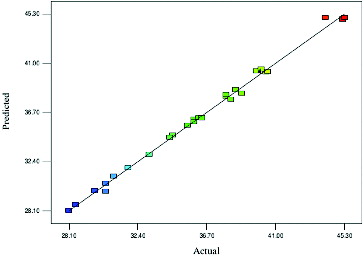
Figure 2. Response surface plot showing the effect of time (A) and solvent (C) and their interaction in the enzymatic production of geranyl propionate.
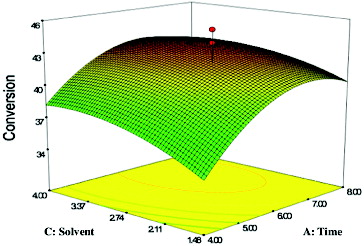
Figure 3. Response surface plot showing the effect of reaction time (A) and molar ratio (D) and their interaction in the enzymatic production of geranyl propionate.
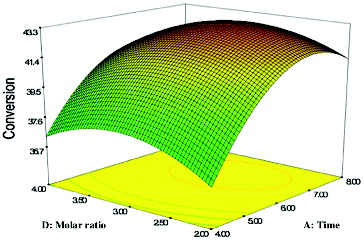
Figure 4. Response surface plot showing the effect of solvent (C) and temperature (B) and their mutual interaction in the enzymatic production of geranyl propionate.
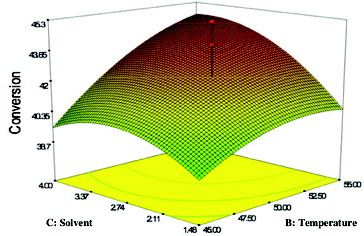
Figure 5. Response surface plot showing the effect of solvent (C) and molar ratio (D) and their interaction in the enzymatic production of geranyl propionate.
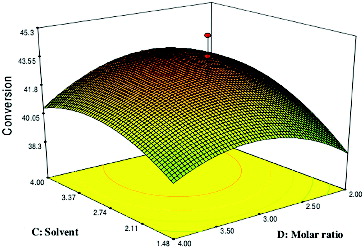
Table 4. The attained optimum conditions for geranyl propionate enzymatic production under the preferred conditions for the shortest reaction time.
